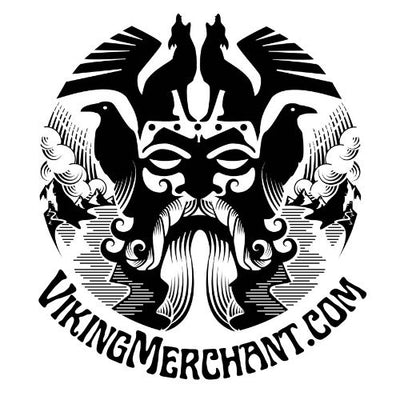Exchange of Rings and Vows in Viking Weddings: A Solemn Pact
Posted by Amber Lee on
Within the rich tapestry of Viking wedding ceremonies, the exchange of rings and vows stands out as a profoundly personal and binding ritual. This practice, though familiar in essence to many cultures, had distinct nuances in Viking society that underscored the gravity of marital commitment.

The very act of exchanging rings in Viking nuptials was steeped in symbolism. Unlike today's custom of wearing rings on the finger, Vikings typically exchanged arm rings or bracelets. Wearing such a prominent piece served as a constant reminder of their vows and the bond they shared.
Often made of precious metals like gold or silver, these rings were not just indicators of wealth but also of the groom's ability to provide for his family. Intricate designs, runes, and symbols might be etched onto them, each holding special significance or invoking blessings.
The exchange of vows was perhaps the most heartfelt part of the Viking wedding ceremony. This wasn't a mere recitation of words but a deeply personal pact between the bride and groom. Vows often touched upon loyalty, protection, honor, and the shared responsibilities of marital life. While some might have been traditional, many couples added their own sentiments, making the promises uniquely theirs.
While the vows were intimate promises between the bride and groom, they were proclaimed publicly, in front of families and the larger community. This public declaration served a dual purpose: it held the couple accountable to their commitments and allowed the community to bear witness, thereby playing a role in upholding the marital bond.
Alongside the vows, there were often invocations to the gods, especially those linked to love, fertility, and protection. By invoking deities like Freyja or Thor, the couple sought divine blessings and protection for their union.
The act of exchanging rings and vows in Viking weddings was a beautiful expression of the personal and the communal. Through these rituals, the couple not only bound themselves to each other but also to their shared history, traditions, and the community they were a part of. In these moments, one can truly grasp the depth of commitment, hope, and love that underpinned Viking marital unions.
